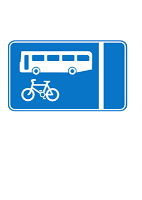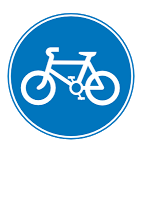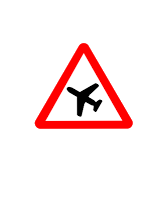World of Symbols by Michelle Snyder
Public symbols, a new visual system for a
modern world
Michelle Snyder, M. Phil, Symbolist
www.whiteknightstudio.com
http://whiteknightstudio.blogspot.com/
 Our world has become a very accessible place. Citizens from countries on
Our world has become a very accessible place. Citizens from countries onthe other side of the globe can visit us; the language barrier, however, makes
many things not accessible to them. Symbols help bridge gaps among peoples of
unlike cultures who speak various languages and come from differing places.
Stores, restrooms, tourist centers, airports, train stations all need to
communicate important information to travelers who do not understand the
language of the host country. This can be a very uncomfortable, or at the very
least inconvenient situation. Things like knowing which restroom to go into is
basic to human dignity and safety.
Symbols can be categorized into groups called symbol systems. Alchemy,
heraldry, and astronomy use widely recognized symbols. Religions, alphabets,
mathematics, and mythologies have associated symbols. In our modern world a
system of symbols for use in public places has emerged: a new category, public
symbols. Like the necessity that one language be used for air traffic control
and marine rules, a unified visual language develops to fill the need for
immediate communication of public area regulations and services.



Transportation hubs need to direct people who are passing through them,
informing travelers of where they are and how to get where they intend to go,
and direct them away from areas which do not permit public access or are
dangerous. A sign with an icon of a falling person indicates that the wet floor
is slippery. International airports host millions of travelers yearly. After a
passenger leaves the plane, other transportation for local destinations must be
available. In Boston, Logan airport sports bright yellow signs with taxi
symbols clearly marked, and public transportation areas, marked with the big blue
T are recognizable. Any service necessary for accommodating visitors
requires public symbols to make its presence known. Hotels, restaurants, telephones,
handicap access, taxicabs, and baggage areas are among the services that need
to be visually located by visitors.
Roadway drivers, while moving at 55 mph and regardless of knowledge of local
language, must gain information in time to respond by changing speed or lane,
preparing to exit, or taking other appropriate action. Hazards like sharp
curves, steep hills, falling rocks, and other dangerous situations need to be
communicated instantly. Through representative images communicating
accommodations such as food, fuel, and rest stops, highways billboards inform
drivers of services available at the next exit.
Symbols are an ancient, proven, and efficient way of recording and
communicating concepts and information. Whether called public or civic, icons
or codes, our burgeoning public symbol system is taking its place with the
tried and true families of symbols.
Article © 2011 Michelle Snyder, MPhil., public
speaker and author of Symbology: Decoding Classic Images and other books on the history of symbolism. Visit
Michelle’s website and blog at www.whiteknightstudio.com.

Published on August 15, 2012 05:00
No comments have been added yet.



